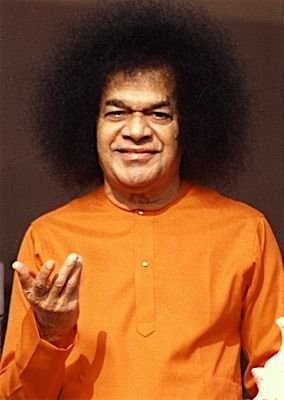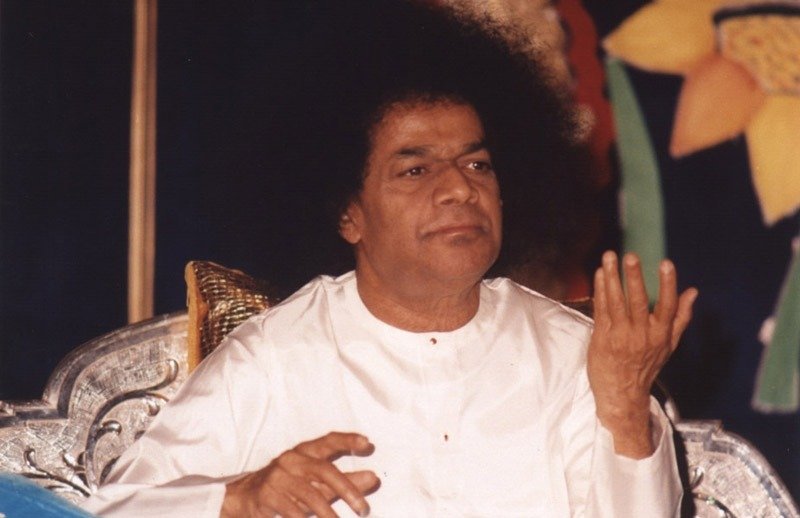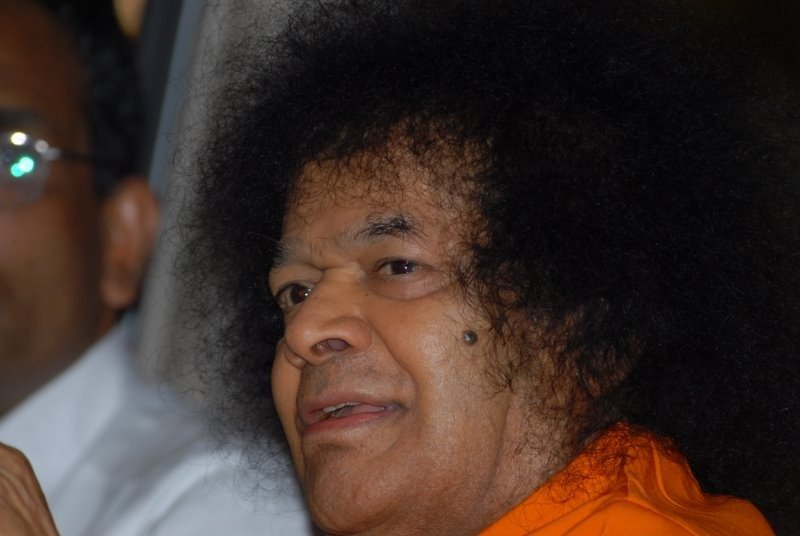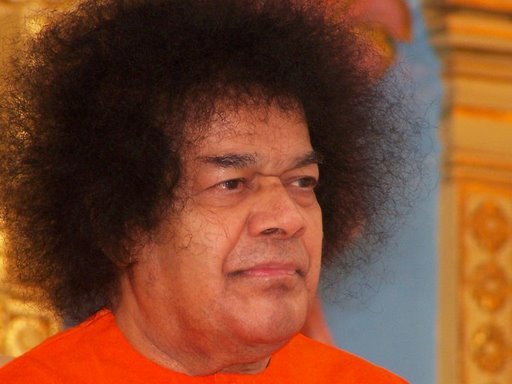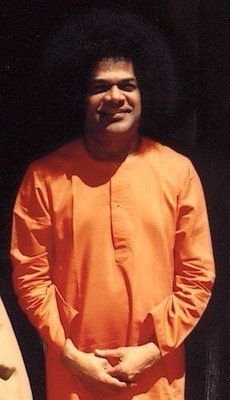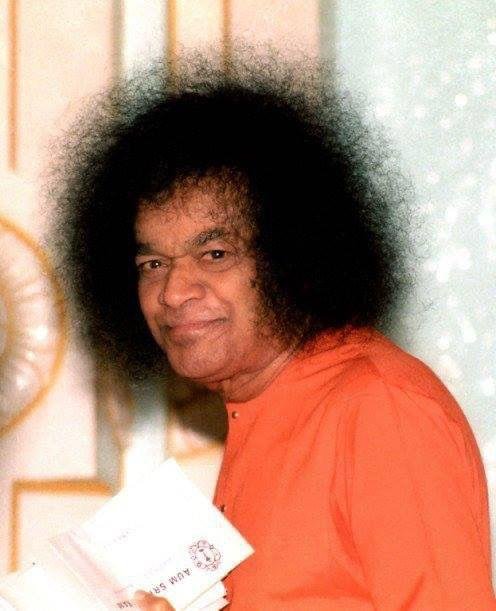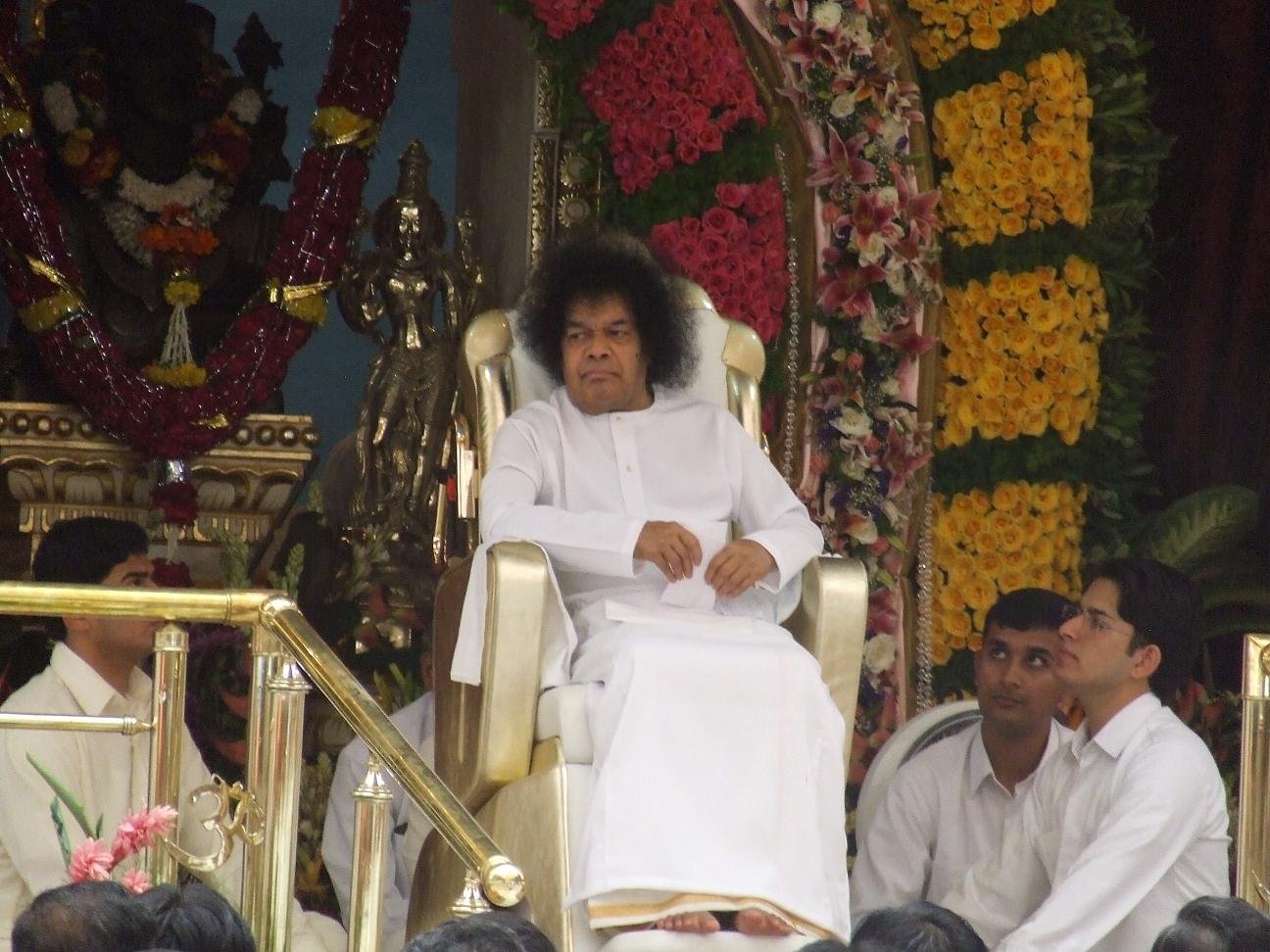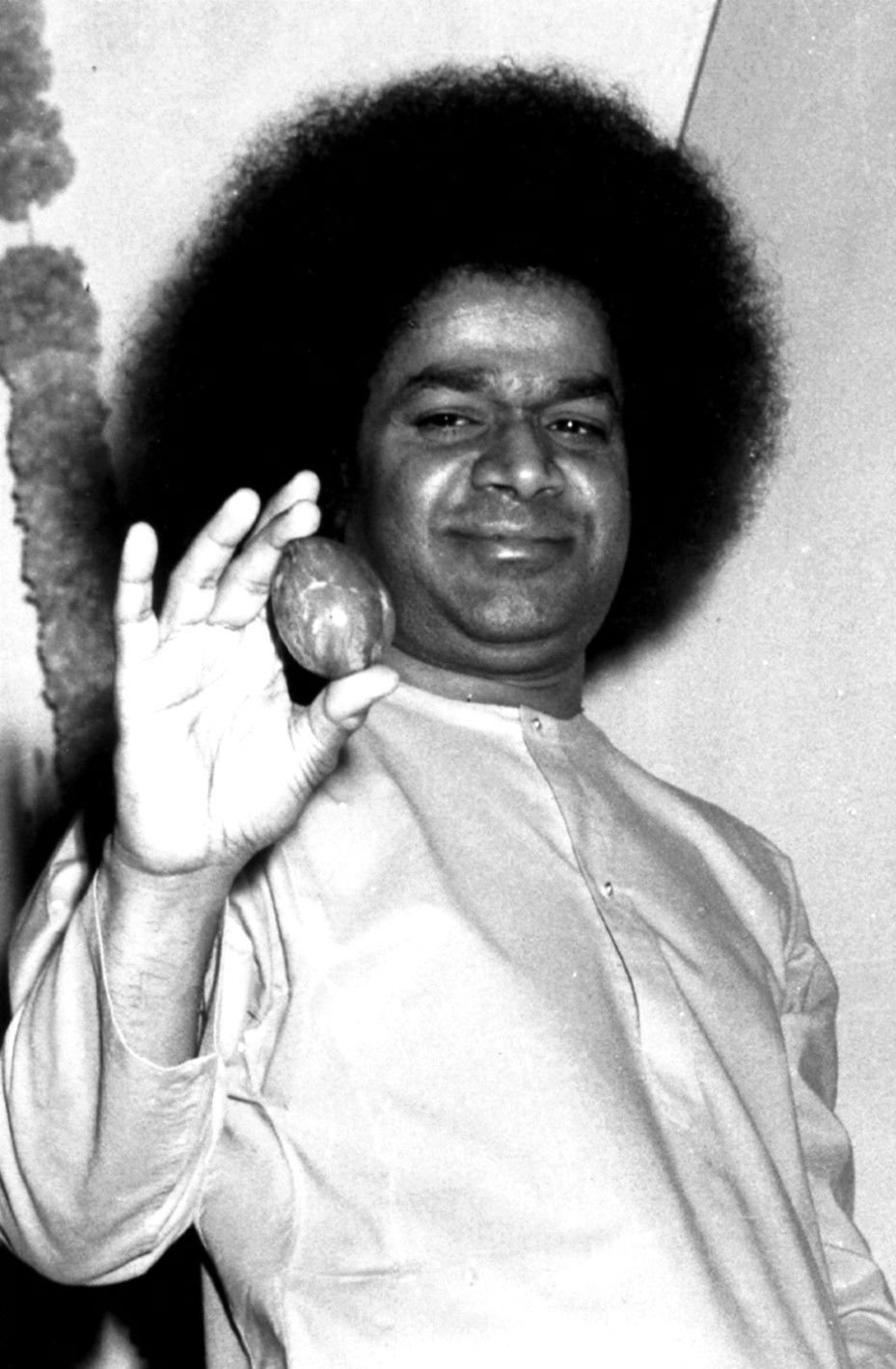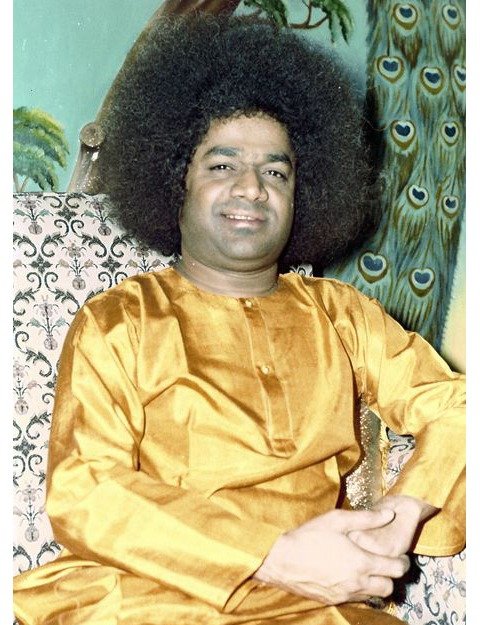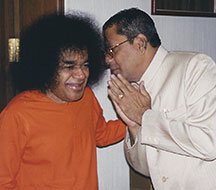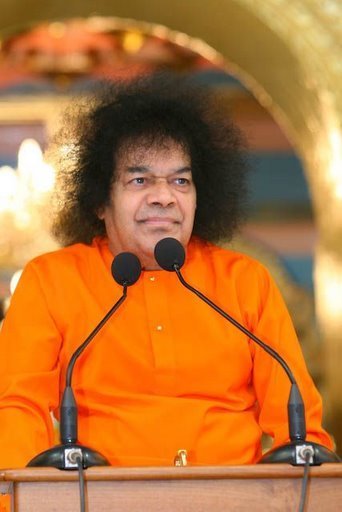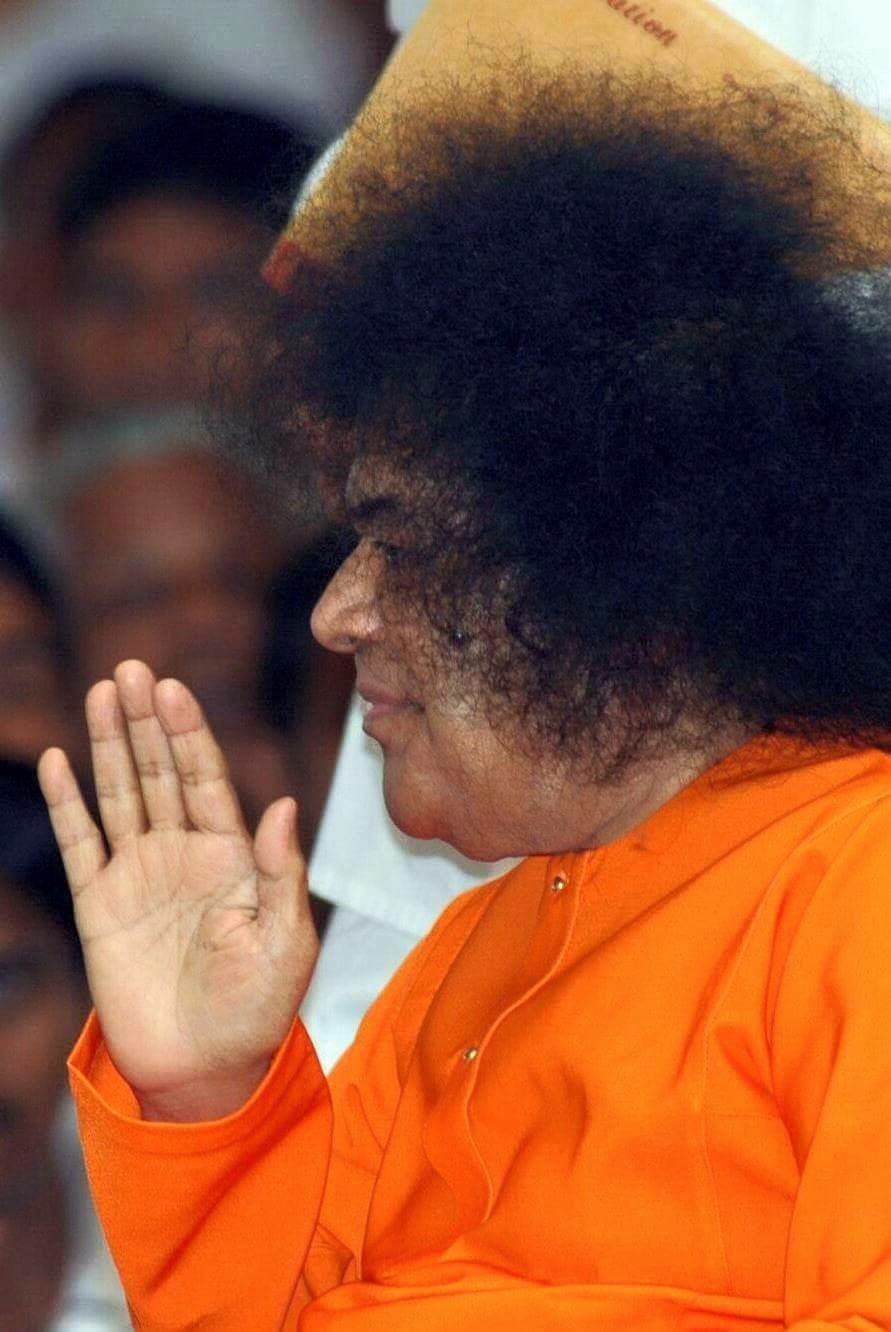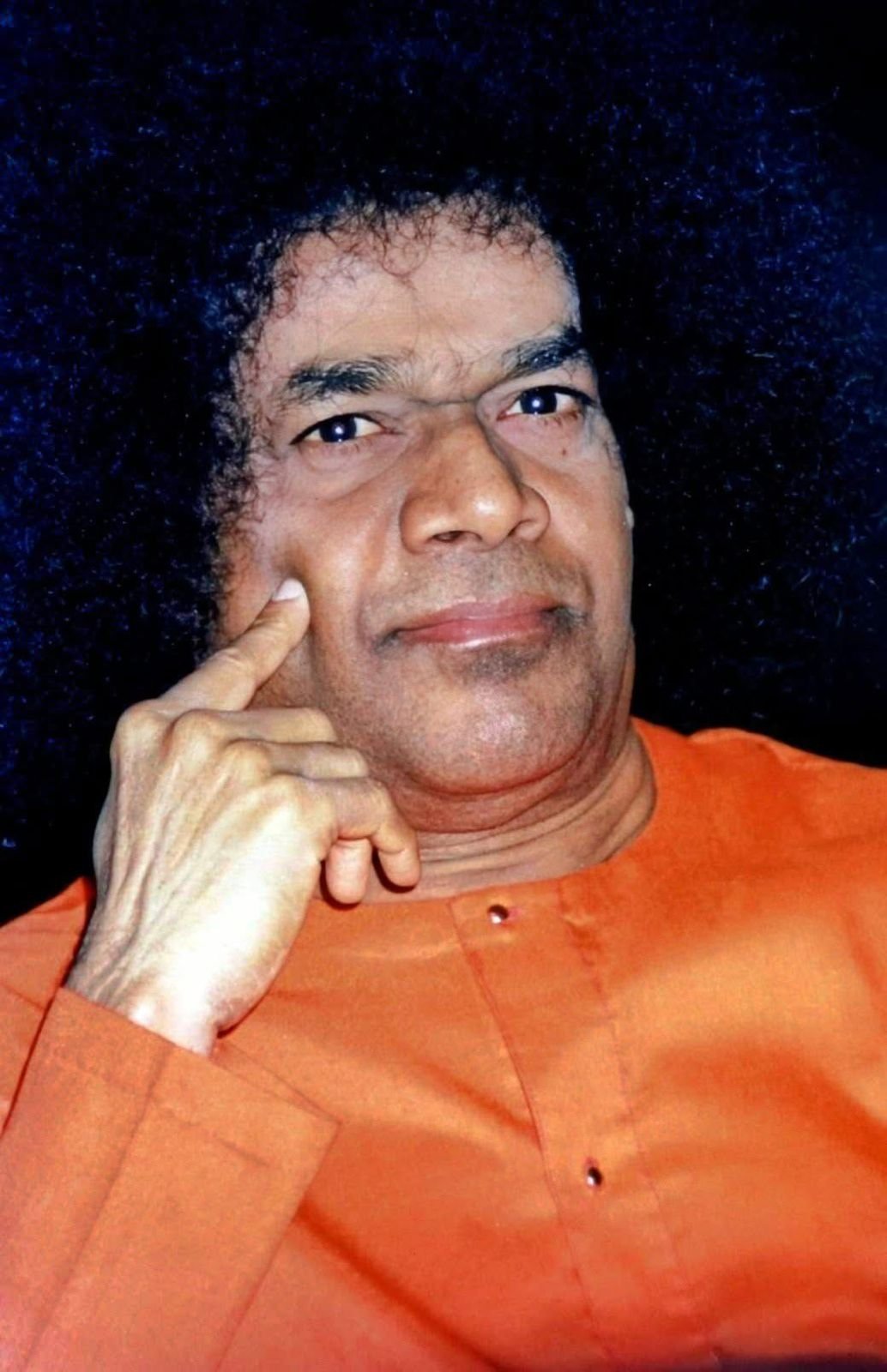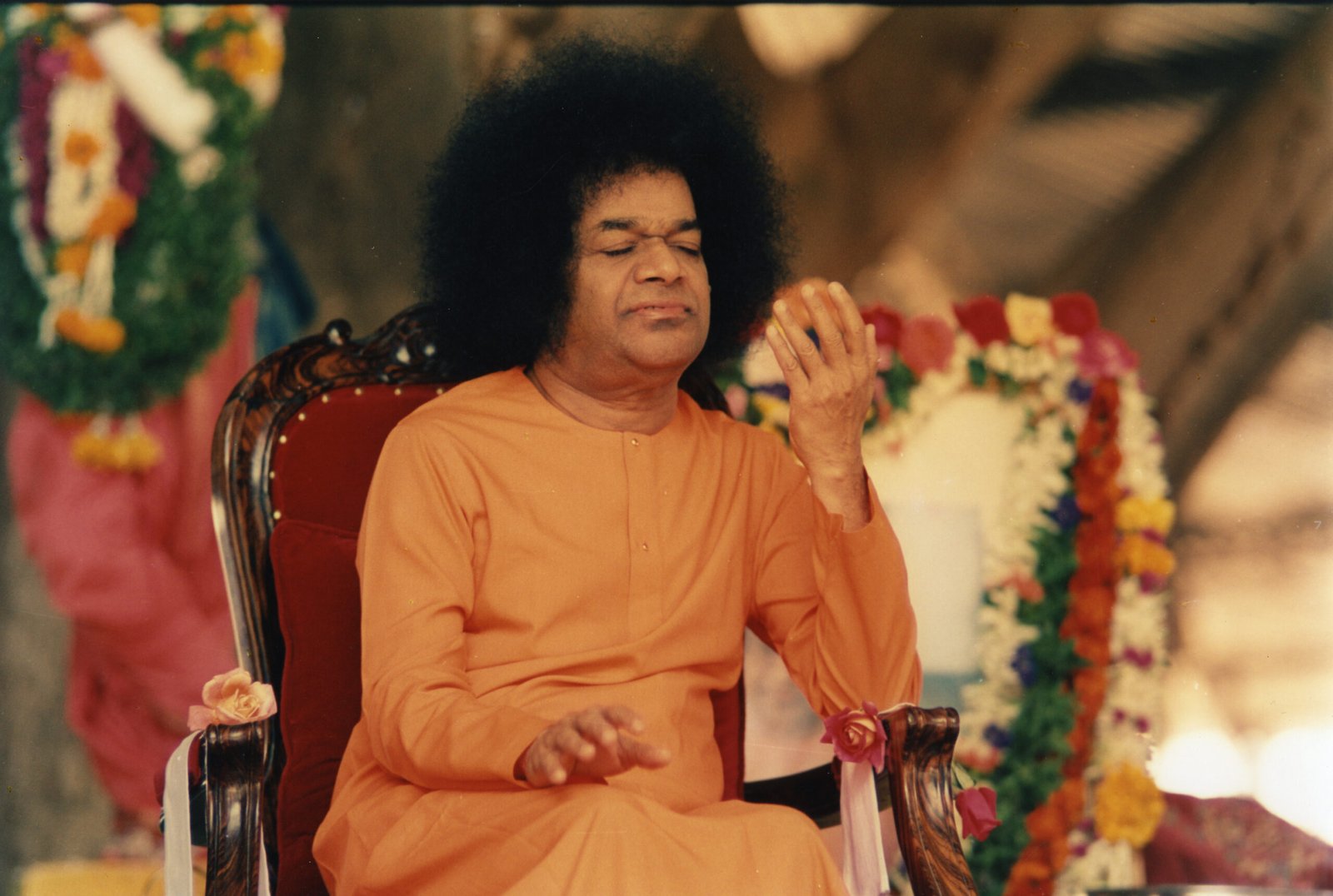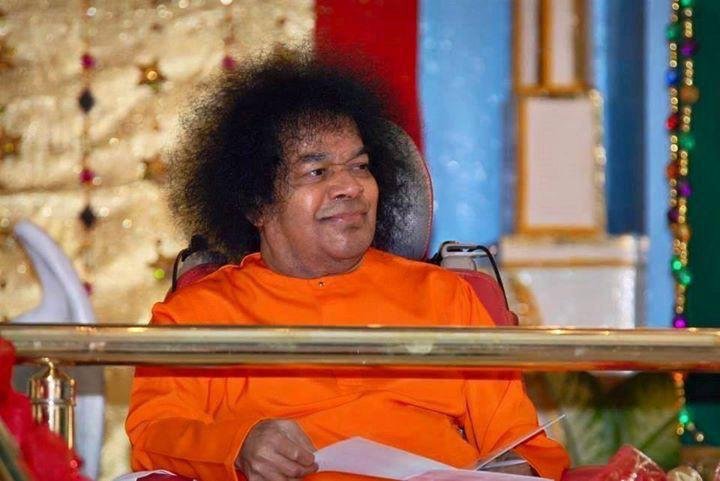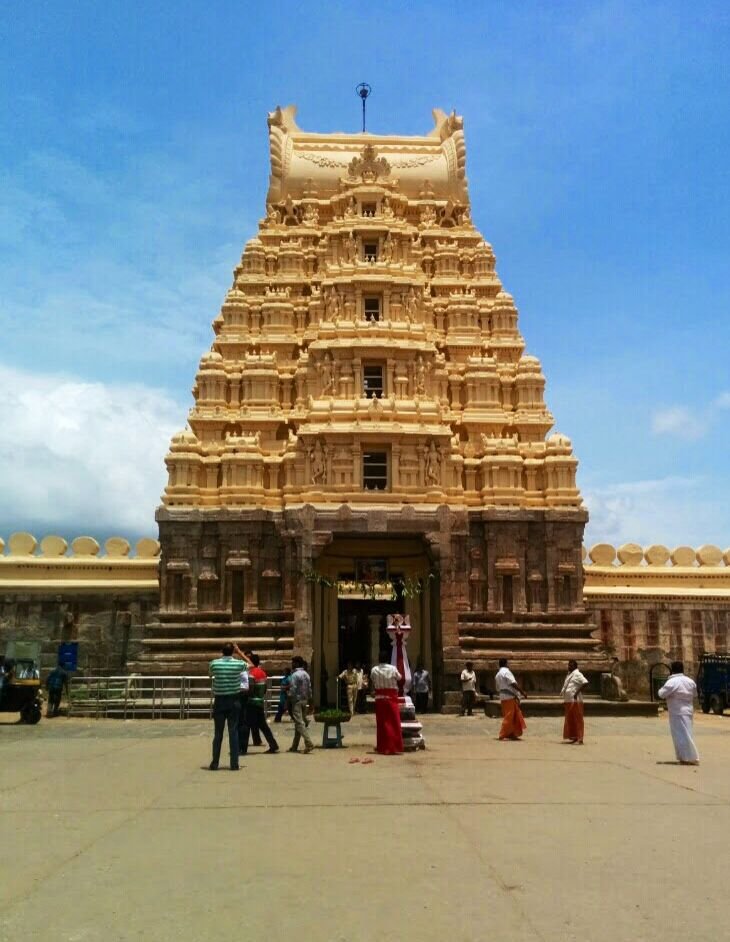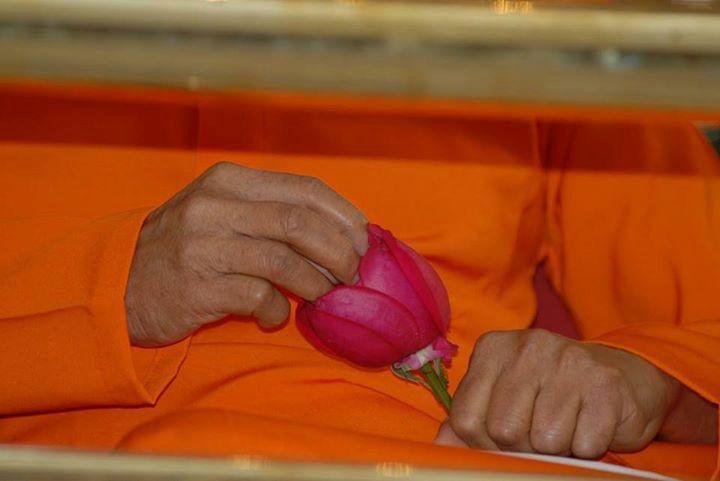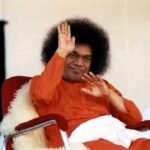THE TRUE FLAG OF VICTORY
Nearly two and half decades ago while speaking to the students of His university on this day of India’s independence Baba clearly set forth before the young minds the ideals and idols they should pursue. He also elucidated what independence means in its truest sense. Here are a few excerpts from that revealing discourse delivered on August 15, 1985.
One must learn lessons from one’s mistake, repent and resolve not to commit it again. The history of India holds forth before us the folly of repeating the wrongs already done.
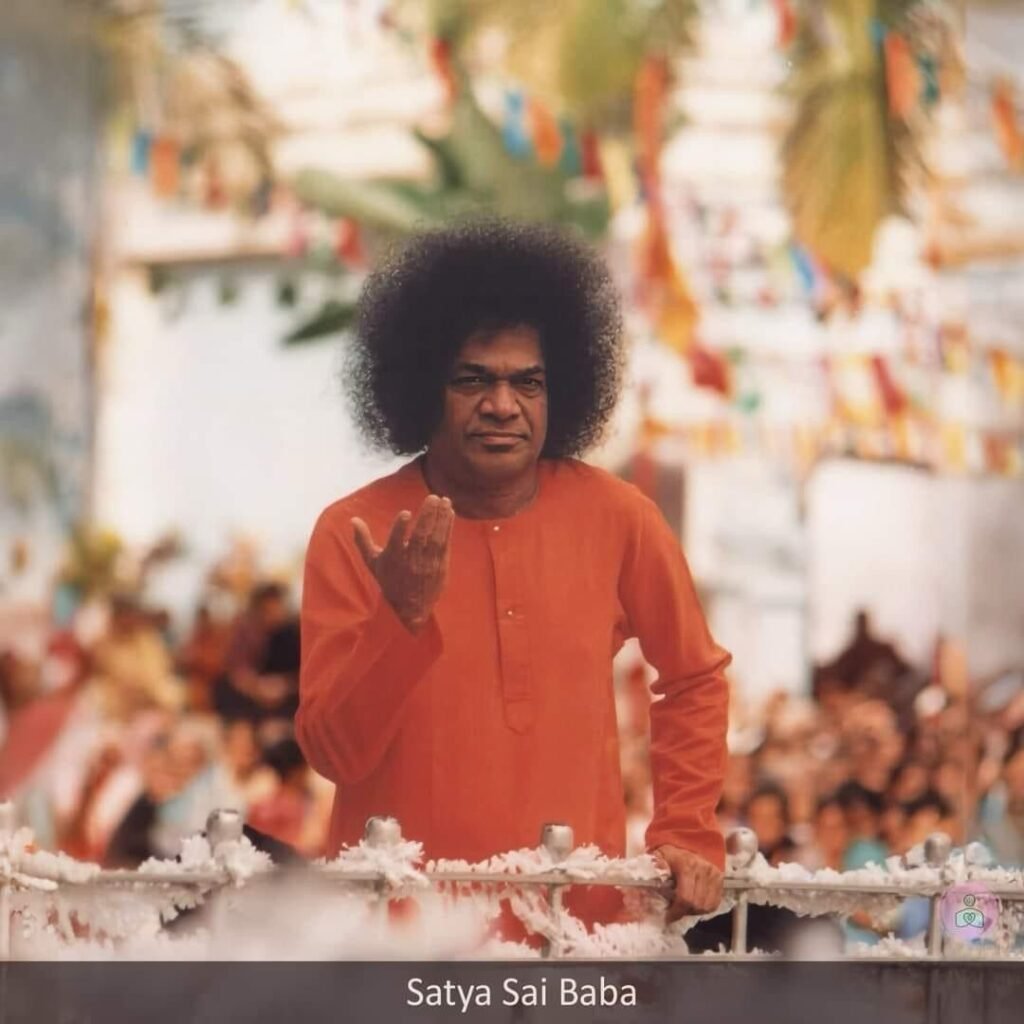
The French, the Portuguese, the Moghuls and the Afghans have all warned Indians against this nature. French Governor Dupleix has recorded that he was able to establish French rule in the then Karnataka region with the help of the Nizam. Mir Jaffer helped Lord Clive to conquer Bengal. Raghunatha Rao Peshwa helped the foreigner to conquer Maharashtra.
Foreign rule was established in India, with the help of Indians themselves. Inhabitants of an island, eleven thousand miles away, were able to conquer India, sixteen times its size having eight times its population, and rule over it for one hundred and ninety years, because of one basic defect – disunity caused by mutual suspicion, selfishness and jealousy. Union is strength; disunion brings disaster.
When Gandhi was twenty-four years old, he proceeded to South Africa at the invitation of an Indian business house to conduct a court case. There he witnessed the humiliation being heaped upon Indian settlers by the Whites. Differences can exist between man and man in health, education, wealth and temperament. But fundamentally all men are equal and should be treated as such. But racial animosity was the accepted policy of the White rulers in South Africa.
Gandhi stayed on among the oppressed Indians and native blacks and devised the strategy of Sathyagraha (passive resistance or civil disobedience) to end the exploitation. When the movement showed signs of quick success, General Smuts invited Gandhi for discussion.
Gandhi explained to him that he had to resort to non-violent Sathyagraha since the inhuman policy of insulting and injuring humans having black skins had to be resisted and exterminated. General Smuts retorted by pointing out to Gandhi how millions of Indians – human beings like the rest – were kept out of villages and condemned as untouchables. The General’s word acted as a bullet shot right at the heart of Gandhi.


